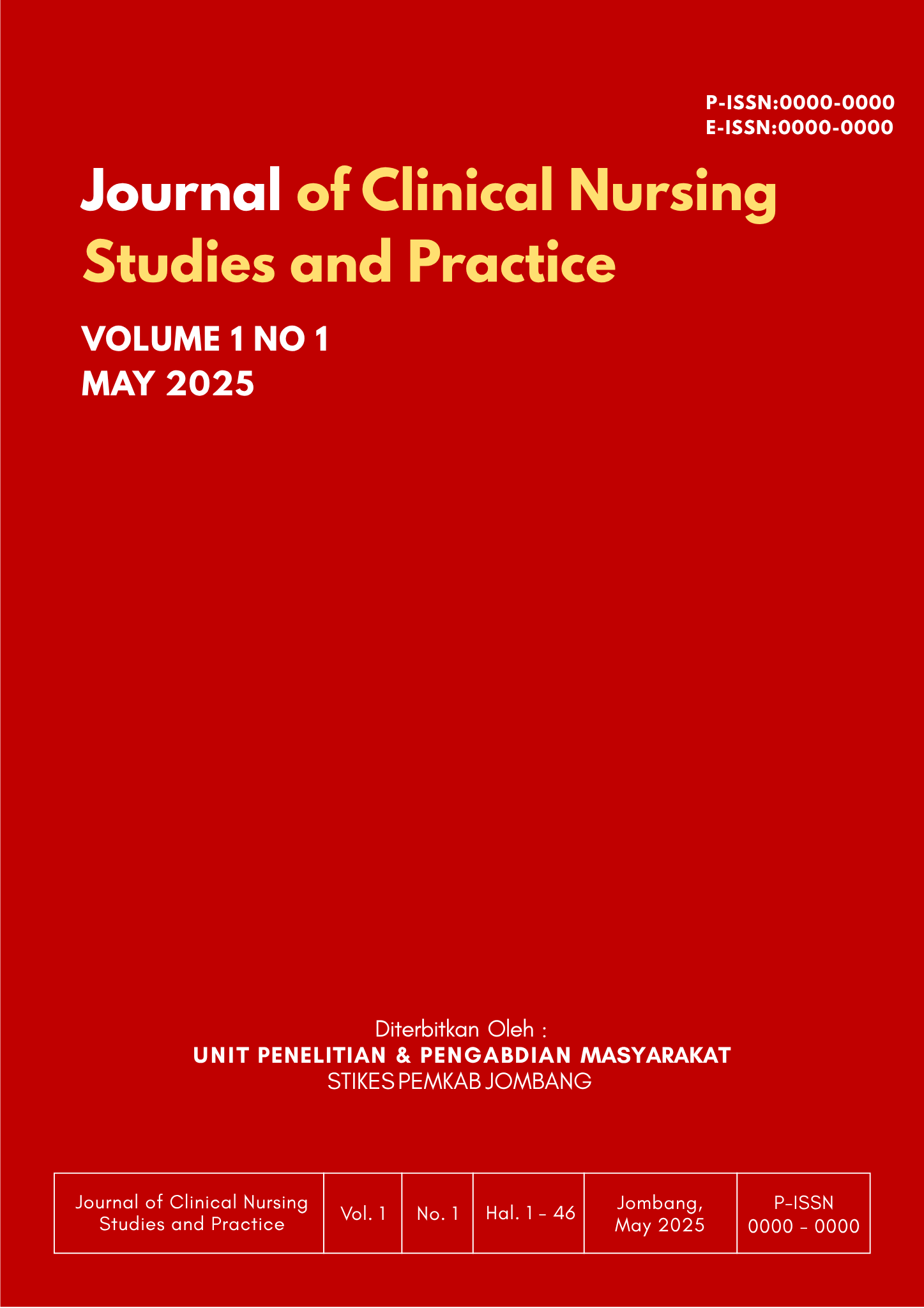The impact of witnessing cardiopulmonary resuscitation on nursing students: A review
Keywords:
Cardiopulmonary Resuscitation, Psychological Impact, Clinical Trauma, Resuscitation Training, Nursing StudentAbstract
This review analyses the psychological effects of observing cardiopulmonary resuscitation (CPR) on nursing students, highlighting a significant disparity between technical training and emotional readiness within nursing education. Despite thorough procedural guidance, students often encounter anxiety, helplessness, and trauma during resuscitation events, especially in cases with unfavourable outcomes or the presence of distressed family members. Such experiences can elicit somatic symptoms, feelings of guilt, and enduring professional self-doubt. Challenges encompass gaps in knowledge regarding current CPR protocols, difficulties in interprofessional communication, and personal trauma histories that may exacerbate psychological distress. The result showed there are 3 themes: Psychological and emotional Impact; CPR performance and clinical competence; Students-teachers relationship. Educational interventions must focus on enhancing technical competence and psychological resilience through pre-exposure preparation, structured debriefing, and the integration of coping strategies. Nursing programs can enhance student wellbeing and improve clinical performance and patient outcomes by implementing a comprehensive approach to resuscitation education that recognises the multifaceted effects of these experiences.
Downloads
References
Campbell, A. R., Layne, D., Scott, E., & Wei, H. (2020). Interventions to promote teamwork, delegation and communication among registered nurses and nursing assistants: An integrative review. Journal of Nursing Management, 28(7), 1465–1472.
Chavez, L. (2021). Second Victim Phenomenon the Perioperative Providers Perspective.
Fitzpatrick, G. (2025). Exploring the effects of delivering CPR on nurses’ mental health and well-being. Emergency Nurse, 33(3).
Gates, D. M., & Gillespie, G. L. (2008). Secondary traumatic stress in nurses who care for traumatized women. Journal of Obstetric, Gynecologic & Neonatal Nursing, 37(2), 243–249.
Groombridge, C. J., Kim, Y., Maini, A., Smit, D. V., & Fitzgerald, M. C. (2019). Stress and decision-making in resuscitation: a systematic review. Resuscitation, 144, 115–122.
Hood, T. L. (2020). Students Who Witness Critical Events in the Clinical Setting: A Grounded Theory Qualitative Study. University of Northern Colorado.
Hood, T. L., & Copeland, D. (2021). Student Nurses’ Experiences of Critical Events in the Clinical Setting: A Grounded Theory. Journal of Professional Nursing, 37(5), 885–893. https://doi.org/https://doi.org/10.1016/j.profnurs.2021.07.007
Hood, T. L., & Copeland, D. (2024). Students who witness critical events in the clinical setting: Recommendations for prevention of psychological trauma. Journal of Professional Nursing, 52, 70–79. https://doi.org/https://doi.org/10.1016/j.profnurs.2024.03.007
Kenny, G., Bray, I., Pontin, D., Jefferies, R., & Albarran, J. (2017). A randomised controlled trial of student nurse performance of cardiopulmonary resuscitation in a simulated family-witnessed resuscitation scenario. Nurse Education in Practice, 24, 21–26. https://doi.org/https://doi.org/10.1016/j.nepr.2017.03.004
Matchim, Y., & Kongsuwan, W. (2015). Thai nursing students’ experiences when attending real life situations involving cardiac life support: A Phenomenological study. Nurse Education Today, 35(12), 1186–1191.
Michael, T., Chapin, L. A., & Quitoriano, C. D. (2025). Paramedicine students’ experiences on placement: Preparedness for the emotional impacts of witnessing trauma.
Moon, H., & Hyun, H. S. (2019). Nursing students’ knowledge, attitude, self-efficacy in blended learning of cardiopulmonary resuscitation: a randomized controlled trial. BMC Medical Education, 19, 1–8.
Motsepe, T. L. (2015). Nurses’ Experiences and Attitudes Towards Family Witnessed Resuscitation in Accident and Emergency Units in Two South African Hospitals. University of the Witwatersrand, Johannesburg (South Africa).
Park, H. J., Choi, D., Park, H. A., & Lee, C. A. (2022). Nurse evaluation of stress levels during CPR training with heart rate variability using smartwatches according to their personality: a prospective, observational study. PloS One, 17(6), e0268928.
Toews, A. (2023). When the adrenaline wears off: the arduous passion of emergency resuscitation nursing Nurses’ experiences of in-hospital resuscitation events and clinical event debriefing in an adult emergency.
Twibell, R., Siela, D., Riwitis, C., Neal, A., & Waters, N. (2018). A qualitative study of factors in nurses’ and physicians’ decision?making related to family presence during resuscitation. Journal of Clinical Nursing, 27(1–2), e320–e334.
Waldemar, A., Strömberg, A., Thylén, I., & Bremer, A. (2023). Experiences of family?witnessed cardiopulmonary resuscitation in hospital and its impact on life: An interview study with cardiac arrest survivors and their family members. Journal of Clinical Nursing, 32(19–20), 7412–7424.
Wayne, N. J. (2024). Family Presence During Resuscitation: A Descriptive Study Of Perceptions Of Nursing Students. Kent State University.
Published
How to Cite
Issue
Section
Authors who publish in the Journal of Clinical Nursing Studies and Practice agree to the following terms:
- Authors retain copyright and grant Journal of Clinical Nursing Studies and Practice the right of first publication with the work simultaneously licensed under a Creative Commons Attribution 4.0 International License that allows others to remix, adapt and build upon the work with an acknowledgment of the work's authorship and the initial publication in Journal of Clinical Nursing Studies and Practice.
- Authors are permitted to copy and redistribute the journal's published version of the work (e.g., post it to an institutional repository or publish it in a book), with an acknowledgment of its initial publication in the Journal of Clinical Nursing Studies and Practice.





